Art Nouveau Architecture in Paris
Culture Travel may earn a commission through links on this website. As an Amazon Associate, we earn from qualifying purchases.
Art Nouveau is a decorative style that emerged in the late 19th century and reached its peak between 1890 and 1910. It is characterized by flowing, organic forms inspired by nature, as well as a rejection of traditional, historical styles in favor of new and innovative designs. In Paris, Art Nouveau had a significant impact on architecture, particularly in the late 19th and early 20th centuries.
The first Art Nouveau building in Paris was the Castel Béranger, designed by Hector Guimard in 1898. It was a private residence located in the 16th arrondissement, and it featured flowing lines, organic motifs, and an asymmetrical façade. The building’s interiors were just as elaborate, with curved walls, stained glass windows, and intricate woodwork.
Guimard went on to design many more buildings in the Art Nouveau style, including several Métro stations, which are now considered iconic examples of the style. His designs featured flowing lines, asymmetry, and organic motifs, often incorporating cast iron, stained glass, and ceramic tiles. Guimard’s work was controversial at the time, but it has since been recognized as an important contribution to the history of French architecture.
Another important Art Nouveau architect in Paris was Jules Lavirotte, who designed several buildings in the style, including the famous 29 Avenue Rapp building in the 7th arrondissement. This building features a striking façade with intricate floral and animal motifs, as well as balconies supported by sculpted figures. Lavirotte’s work is notable for its attention to detail and the use of unusual materials, such as colored ceramic tiles.
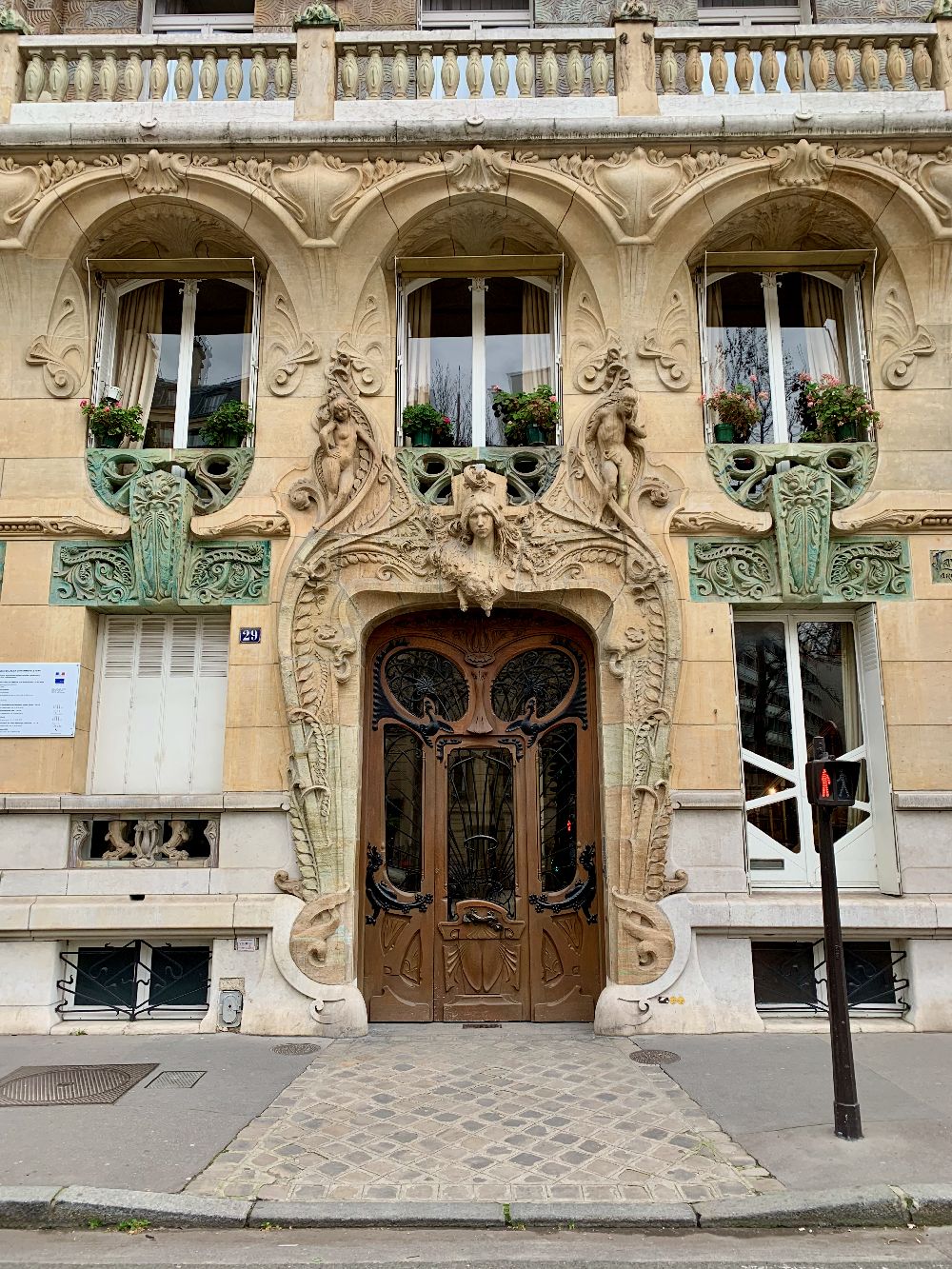
Other notable Art Nouveau buildings in Paris include the Hôtel Mezzara, designed by Hector Guimard in 1910-1911, which features a striking façade with curved lines and floral motifs, and the Musée des Arts Décoratifs, which houses a collection of Art Nouveau objects and furniture.
Overall, Art Nouveau had a significant impact on the architecture of Paris in the late 19th and early 20th centuries, with many buildings featuring elaborate façades and interiors that incorporated organic forms and natural motifs. While the style fell out of favor in the decades that followed, it has since been recognized as an important contribution to the history of French architecture.
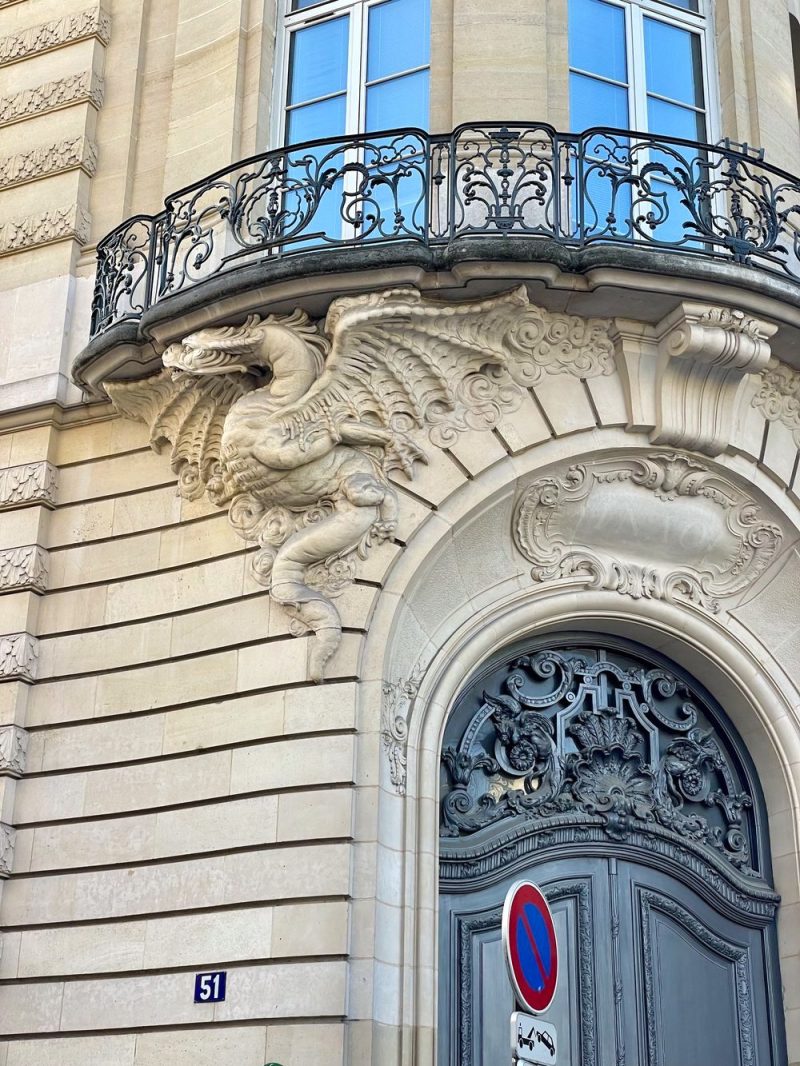
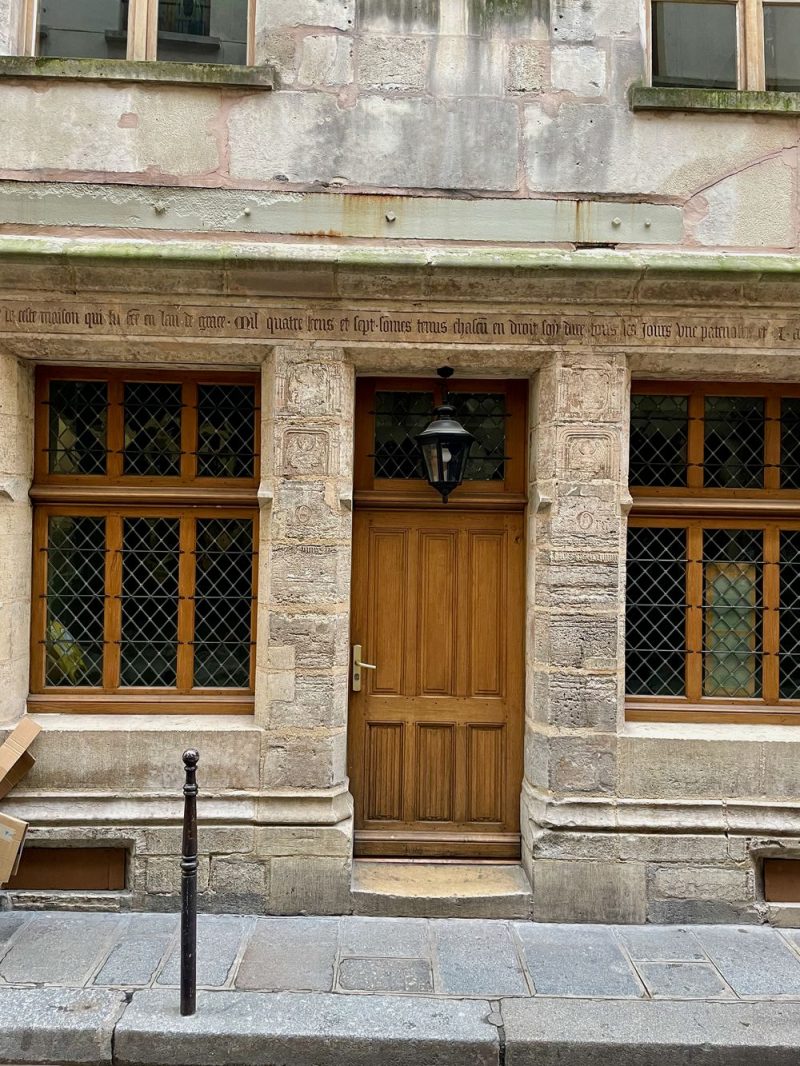
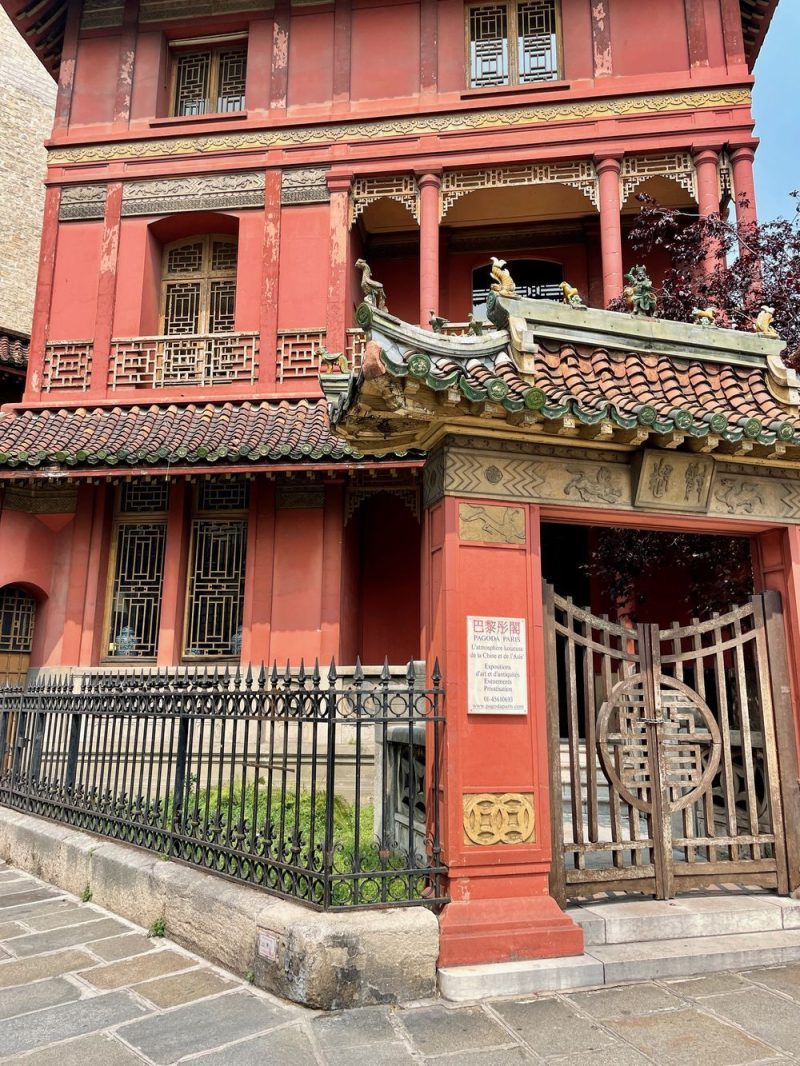
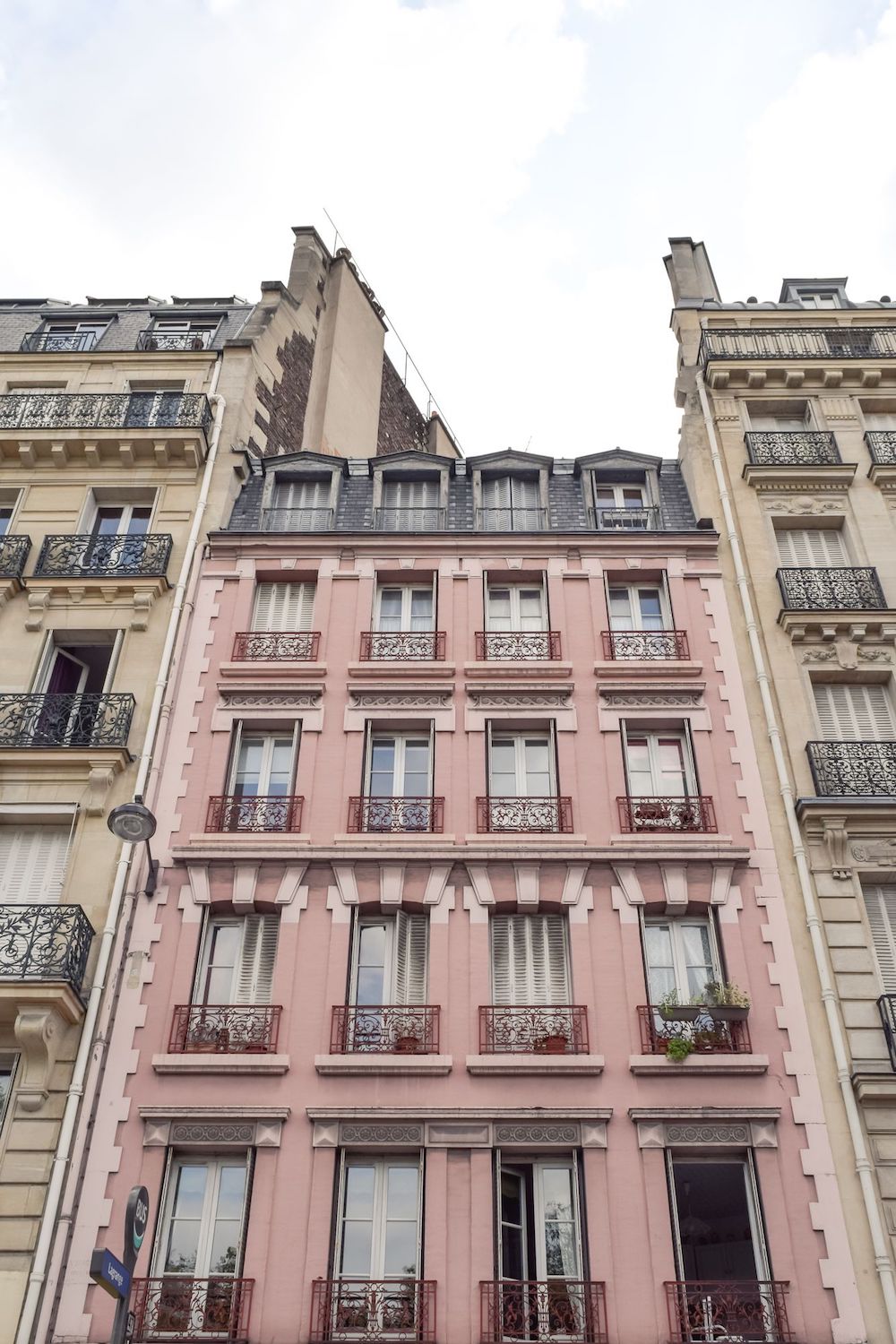
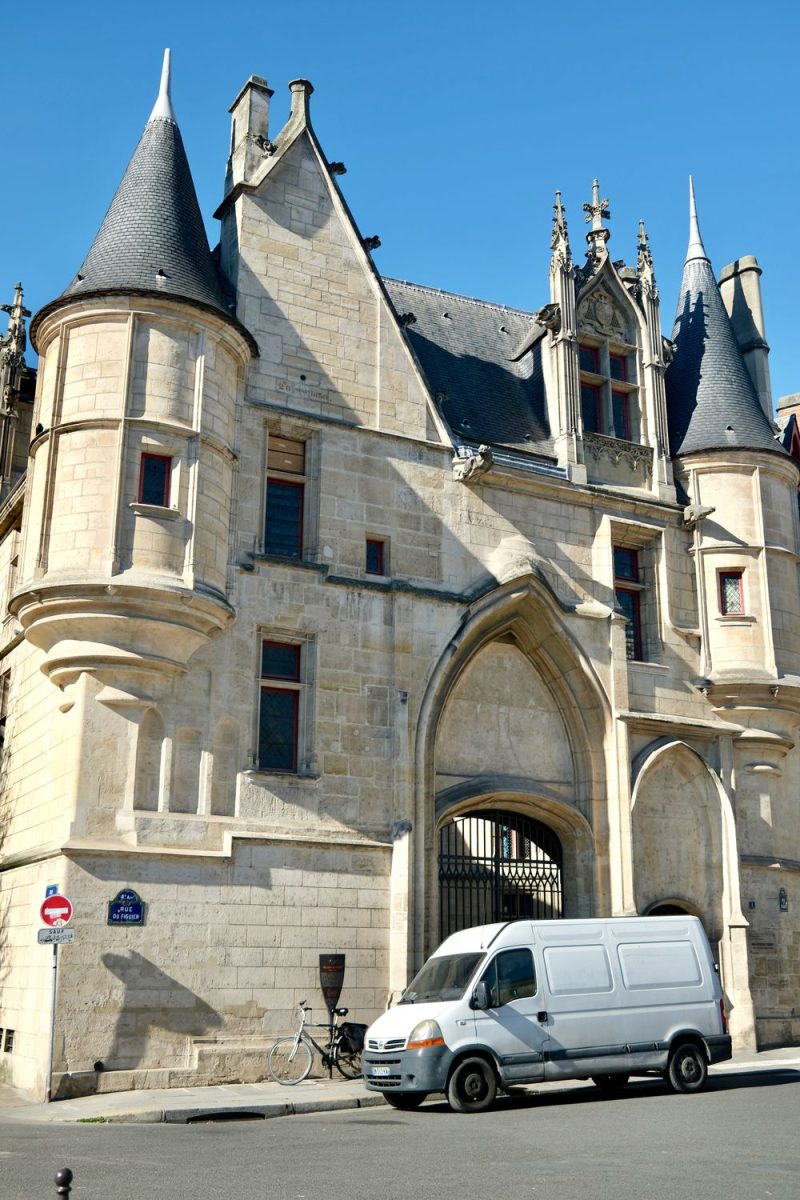

I don’t know where you go the information that Hôtel Mezzara was designed by Jules-André-Fernand Castagnary. It is wrong. This beautiful Hôtel was designed by Hector Guimard. Yes, the same architect who designed the Paris Metro entrances and Castel Béranger… you’re welcome!
Thank you, just corrected!